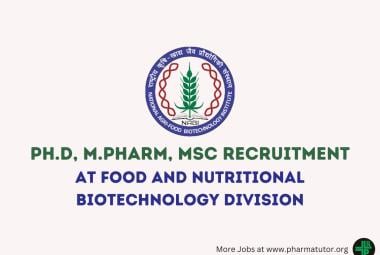Novartis announced initial topline results from two pivotal phase III clinical studies evaluating the safety and efficacy of pegpleranib in combination with Lucentis (ranibizumab) for the treatment of neovascular age-related macular degeneration (nAMD). Studies OPH1002 and OPH1003, sponsored by Ophthotech Corporation, did not meet the primary endpoint of superiority for the pegpleranib and ranibizumab combination therapy, measured as best corrected visual acuity (BCVA) in terms of additional letter gains over ranibizumab monotherapy. At month 12, patients in the pegpleranib and ranibizumab combination treatment groups showed a 10.74 letter BCVA improvement in study OPH1002 and a 9.91 letter BCVA improvement in study OPH1003. Patients treated with ranibizumab alone showed a 9.82 letter BCVA improvement in the OPH1002 study and a 10.36 letter BCVA improvement in the OPH1003 study.
"We are fully committed to innovate and grow Lucentis as standard of care in diseases of the retina and to continue our research in this area. The key message from the data is that the proven efficacy of Lucentis monotherapy was not improved by the addition of pegpleranib", said Vasant Narasimhan, global head, drug development and chief medical officer, Novartis. "Together with Ophthotech we continue to analyze the data. We are confident that underlying data will provide further understanding and guidance on how best to help patients with this disease. Novartis continues researching new treatment options for patients with nAMD, and we are looking forward to the phase III results of our next generation treatment RTH258."
Data from the OPH1002 and OPH1003 studies, including secondary and exploratory efficacy endpoints, will be presented at a future medical meeting.
The OPH1002 and OPH1003 studies are both randomized, double blind, phase III clinical trial studies designed to evaluate the safety and efficacy of pegpleranib 1.5mg in combination with ranibizumab versus ranibizumab monotherapy in people with subfoveal neovascular age-related macular degeneration (nAMD). A total of 1,248 patients over the age of 50 were enrolled across both studies (621 patients in the OPH1002 study and 627 patients in the OPH1003 study) and were randomized to receive either pegpleranib in combination with ranibizumab or ranibizumab alone each month up to the 12 month primary endpoint of the study.
The primary efficacy endpoint in both studies was defined as mean change in best corrected visual acuity (BCVA) from baseline at 12 months. A number of secondary and exploratory efficacy endpoints are currently being analyzed across both studies.
Pegpleranib is a 32-mer pegylated DNA aptamer that selectively binds to PDGF-BB and PDGF-AB homo and hetero-dimers, respectively, thereby disrupting the interaction with their cognate tyrosine kinase receptors (PDGF-BB with PDGFR-alpha alpha, PDGFR -ßß and PDGFR-alpha ß; PDGF-AB with PDGFR-alpha alpha and PDGFR-alpha ß). These receptors are commonly expressed on cells of mesenchymal origin such as pericytes. In a preclinical model, pegpleranib potently stripped neovascular pericytes from the underlying endothelial cells[14]. Pericyte stripping from a neovascular complex may leave the underlying endothelial cells in an unprotected and vulnerable state, thereby increasing their sensitivity to the effects of VEGF blockade. Pegpleranib is currently being investigated in phase III clinical trials for the treatment of neovascular age-related macular degeneration (nAMD or wet AMD).
In May 2014, Novartis signed a license and commercialization agreement with Ophthotech Corporation (Ophthotech) and holds the exclusive rights to pegpleranib outside the United States. Ophthotech holds the rights to pegpleranib in the United States.











